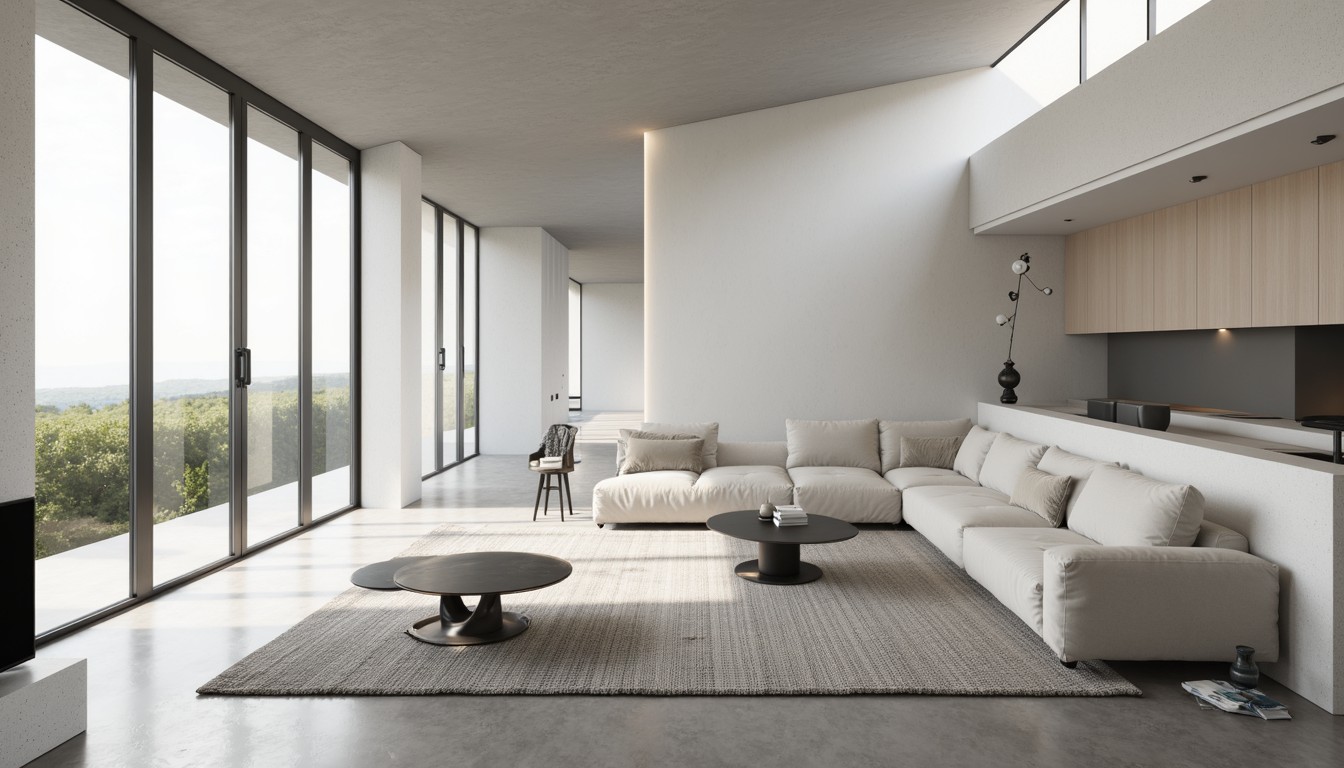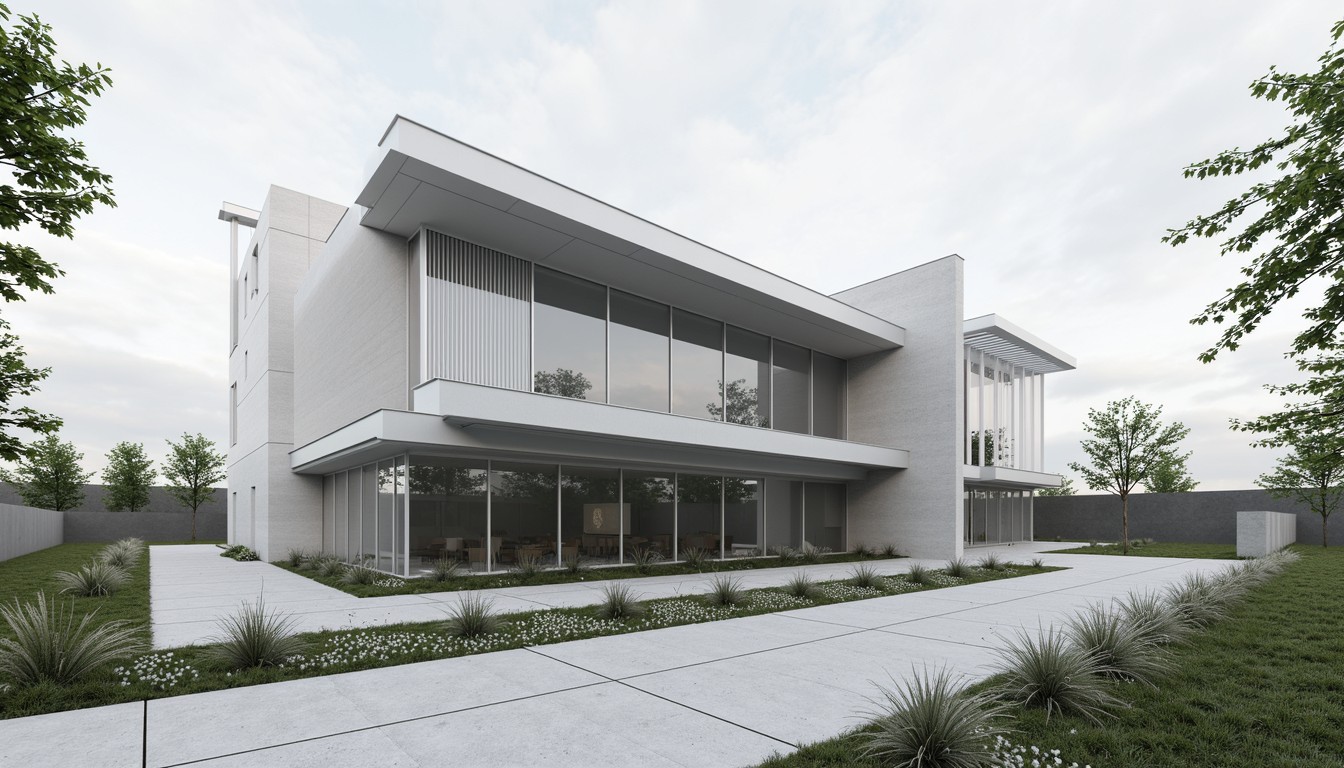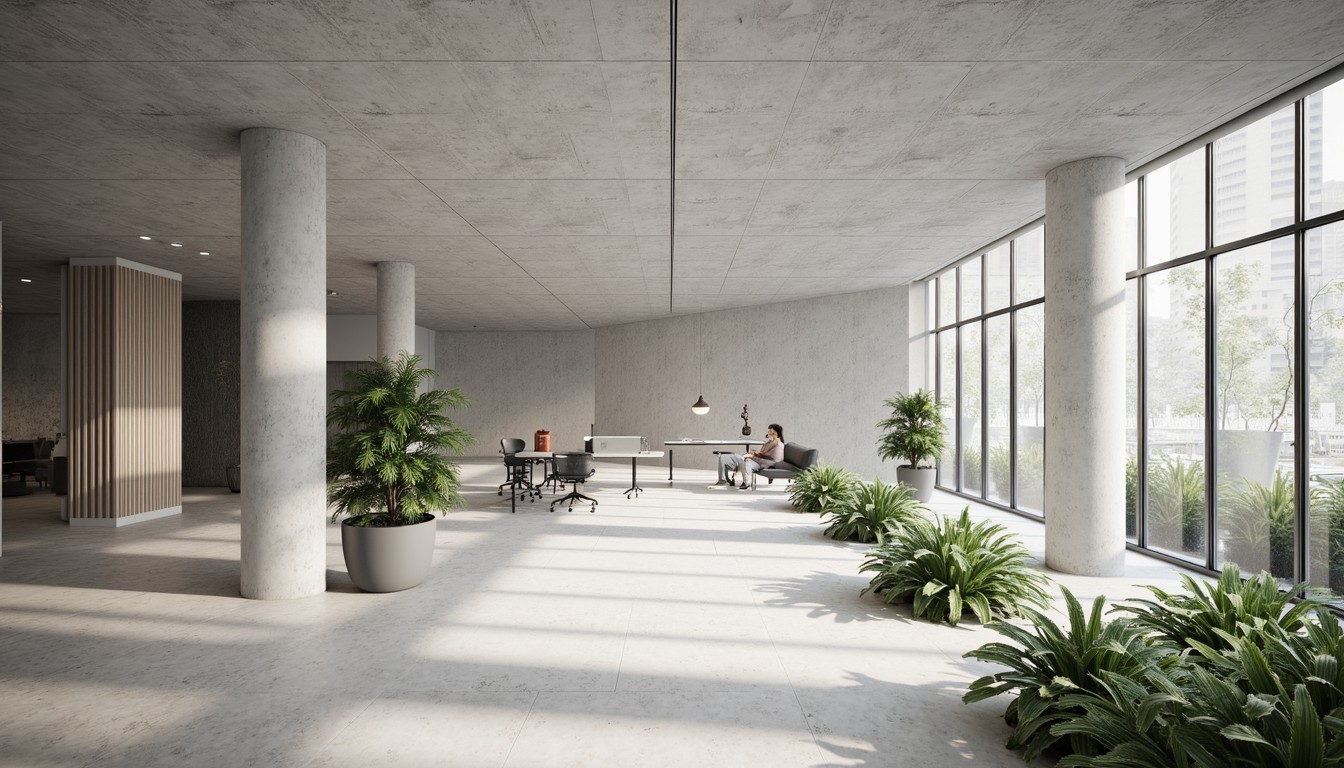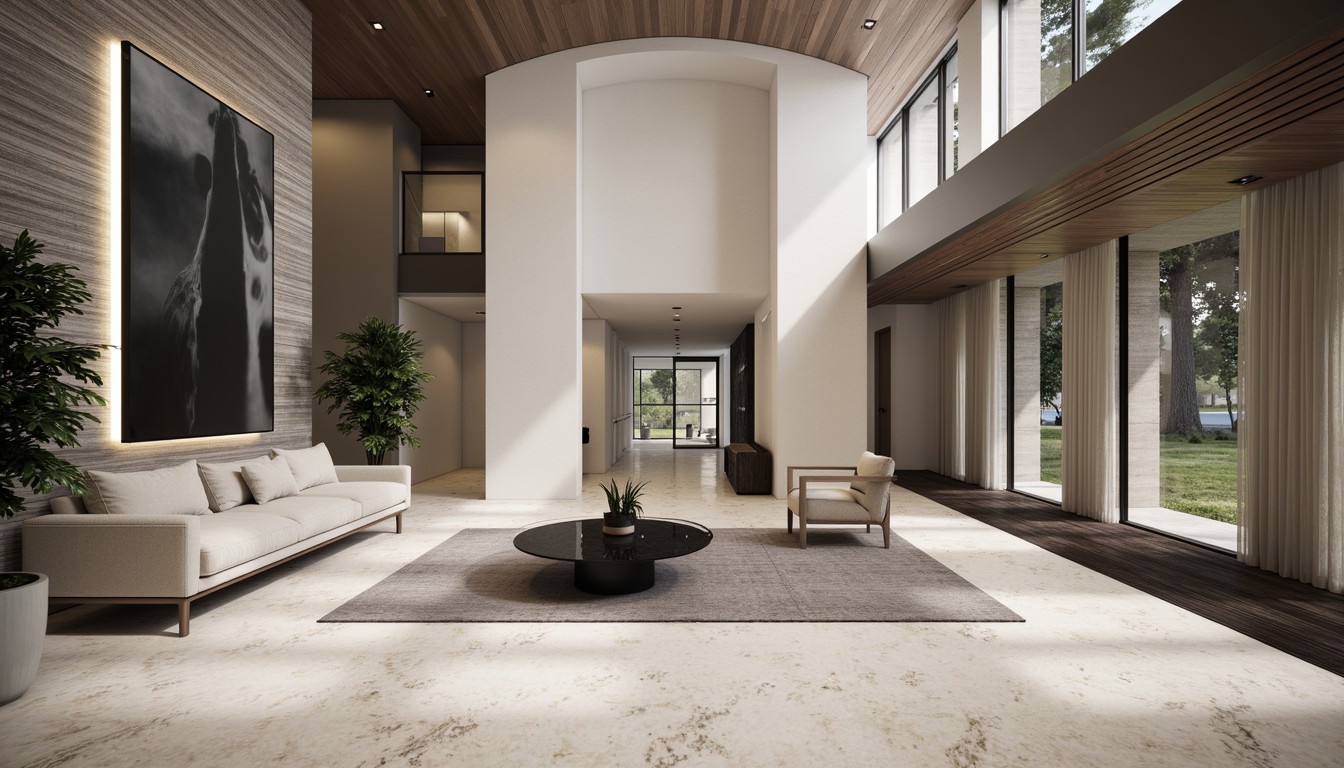Digital Transformation: Reshaping the Future of Architecture
The architecture industry is undergoing a profound transformation, driven by the rapid advancement of digital technologies. This digital revolution is not merely about adopting new software; it's about fundamentally altering design processes, workflows, and the very way architects interact with clients and stakeholders. This shift, often referred to as digital transformation in architecture, is reshaping the industry's future, offering unprecedented opportunities for increased efficiency, enhanced creativity, and improved collaboration.
The Pillars of Digital Transformation in Architecture

Several key technologies are driving this transformation. Understanding these pillars is crucial for architects seeking to remain competitive and innovative:
1. Building Information Modeling (BIM): The Foundation
BIM is no longer a novelty; it's become the cornerstone of modern architectural practice. It's a process involving the creation and management of digital representations of physical and functional characteristics of places. This intelligent 3D model goes beyond simple visualization, providing architects with detailed information about every aspect of a building, from structural elements to material specifications. BIM facilitates better collaboration among team members, improves project coordination, reduces errors, and optimizes construction processes. Architects can leverage BIM for clash detection, quantity takeoff, energy analysis, and even facility management throughout the building's lifecycle.
2. Virtual Reality (VR) and Augmented Reality (AR): Immersive Experiences
VR and AR technologies are transforming the way architects present their designs. VR allows clients and stakeholders to experience a building design before construction even begins, providing an immersive and engaging walkthrough. This fosters better communication and allows for early identification of potential issues or areas for improvement. AR, on the other hand, overlays digital information onto the real world, enabling architects to visualize designs on existing sites and understand their context more effectively.
3. Artificial Intelligence (AI) and Machine Learning (ML): Enhancing Design and Efficiency
AI and ML are emerging as powerful tools for architects. AI-powered algorithms can analyze vast datasets to identify optimal design solutions, predict construction costs, and even generate design options based on specific parameters. ML can be used to automate repetitive tasks, freeing up architects to focus on more creative aspects of their work. Imagine AI assisting in generating optimal building layouts based on site constraints and client requirements, significantly reducing design time.
4. Cloud Computing and Collaboration Platforms: Seamless Teamwork
Cloud-based platforms are revolutionizing collaboration in architecture. Architects can access and share design files, models, and other project information from anywhere, anytime. This facilitates real-time collaboration among team members, regardless of their geographical location. Cloud-based project management tools enhance communication, track progress, and ensure everyone is on the same page.
5. Parametric Design and Generative Design: Exploring Design Possibilities
Parametric design allows architects to create designs that automatically update based on changes in parameters, such as dimensions, materials, or environmental factors. This enables rapid exploration of different design options and optimization of building performance. Generative design takes this a step further, using algorithms to generate a wide range of design solutions based on predefined constraints and objectives. This opens up new avenues for innovation and allows architects to explore unconventional design possibilities.
Real-World Applications of Digital Transformation

The impact of digital transformation is already visible in numerous architectural projects worldwide. For example:
- Sustainable Design: BIM and energy modeling software are used to optimize building performance, reducing energy consumption and environmental impact.
- Complex Projects: Digital tools facilitate the coordination of large, intricate projects involving multiple stakeholders and disciplines.
- Client Engagement: VR and AR enhance client communication and participation, leading to better design outcomes.
- Cost Optimization: BIM and AI-powered tools help to minimize costs by improving efficiency and reducing errors.
Challenges and Opportunities

While the benefits of digital transformation are substantial, it's important to acknowledge the challenges. The initial investment in software and training can be significant. Furthermore, the need for specialized skills and expertise in digital technologies may require upskilling or hiring new talent. However, the opportunities far outweigh the challenges. Architects who embrace digital transformation are better positioned to deliver innovative designs, improve efficiency, and enhance client satisfaction.
ArchNav: Your Partner in Digital Architectural Visualization
ArchNav understands the transformative power of digital technologies in architecture. We leverage cutting-edge software and techniques to create stunning, high-quality visualizations that bring your designs to life. From photorealistic renderings to immersive VR experiences, we help you effectively communicate your vision to clients and stakeholders. Our expertise in BIM, VR, and other digital tools ensures that your projects are not only visually impressive but also technically sound and efficient. Partner with ArchNav to navigate the digital landscape and unlock the full potential of your architectural designs.
